Polymer Polarizers and Retarders
Polarizers are used for the analysis and generation of specific polarization states. The following is an overview of the types, composition, function, and applications of polarization optics based on dichroic polymer films. These optics have great cost-to-performance ratios, are available in large sizes, and are a highly customizable alternative to other optical polarizers such as wire grid, nanoparticle, thin-film, or crystalline polarizers.
LINEAR POLYMER FILM POLARIZERS
Linear polymer film polarizers (also known as polarizing film sheets) consist of polyvinyl alcohol (PVA) sheets that are stretched and then dyed with iodine during the manufacturing process to allow light of only a single polarization orientation to be transmitted (Figure 1). All other orientations of light passing through the polarizer are rejected (or absorbed in the case of dichroic polarizers).

Figure 1: Unpolarized light is linearly polarized after passing through a thin film polarizing film.
PVA based polarizing film is laminated between two optically clear TAC cellulose triacetate (TCA) sheets to improve stability, protect against environmental impact, and facilitate handling.
POLYMER RETARDER FILMS
In general, retarders are made of two birefringent materials. These two materials have different refractive indices in different axes. In the case of polymer retarder films, the material is usually polyvinyl alcohol (PVA) or another modified polycarbonate. Birefringence of the material is obtained by stretching the polymer film. They are not dyed and so they appear transparent when compared to linear polarizing film alone. The resulting two axes are considered “fast” (extraordinary) and “slow” (ordinary). As light travels through the retarder, the portion travelling along the slow axis is delayed and encounters a phase shift. Depending on the retarder design, this shift is commonly a quarter wave (λ/4), half wave (λ/2), or full wave shift (1λ).

Figure 2: Unpolarized light passing through a linear polarizer and a quarter wave (λ/4) retarder becomes circularly polarized.
When linearly polarized light passes through a half wave (λ/2) retarder, it is rotated by 90ᵒ, such that vertically polarized light becomes horizontally polarized. Retarders should always be used with polarized light.
| Film Type | Phase Shift | Retardance | Function |
| WP140HE | 90° | λ/4 (140nm) | Circularly polarize light |
| WP560 | 180° | λ/2 (280nm) | Rotate linearly polarized light by 90° |
| WP280 | 360° | 1λ (560nm) | Full wave film for 1st order red (used in microscopes and stress analysis) |
Table 1: All polymer retarder films are listed with their retardance and function and have design wavelengths of 560nm.
CIRCULAR POLYMER POLARIZERS
Circular polymer polarizers (also known as circular polarizing films) are created by combining a linear polarizing film and a quarter wave (λ/4) retarder film with the fast axis precisely aligned to 45ᵒ. Incoming light is first linearly polarized by a linear polarizer before encountering a retarder and experiencing a phase shift, thereby becoming circularly polarized (Figure 2). Depending on the fast axis, alignment at either +45ᵒ or - 45ᵒ light will be either left- or right-handed circularly polarized. When circularly polarized light is reflected off a surface, the orientation of the light is reversed meaning that left-handed circularly polarized light becomes right-handed circularly polarized and vice-versa. This means that light reflected back to the same circular polarizer of the same orientation will be completely blocked (absorbed). This is known as optical isolation and is a technique that is used to eliminate reflections from displays and screens as well as to separate two channels of light for a 3D effect (Figure 3).

Figure 3: A reflective surface switches the direction of the polarization of light and is commonly used in optical isolation techniques.
APPLICATIONS
Dichroic polymer polarizers can be used in a wide range of applications, including but not limited to:
- Glare-reducing display attachments
- LCD and TFT displays
- Light attenuation
- Glare-free imaging and illumination for increased contrast in photography and photographic reproduction
- Stress analysis of transparent materials in the glass and plastic industries
- Sensors and light barriers
- Polarization microscopy and polarimetry to study optically anisotropic materials
- Splitting of stereoscopic pictures in 3D projections and ophthalmoscopy
- Ellipsometry
Edmund Optics® offers a wide range of customization options for polarizing films, such as single-sided lamination on glass or acrylic, double-sided lamination between glass and cutting to custom dimensions, including freeform laser or waterjet cutting.













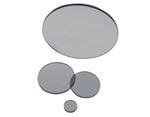



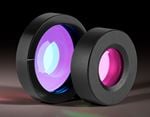

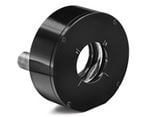

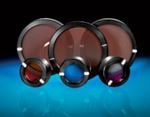
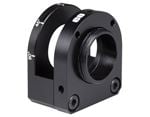
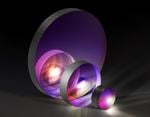


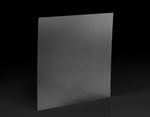
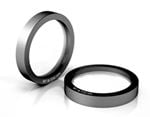
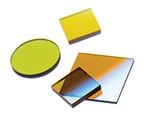
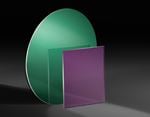
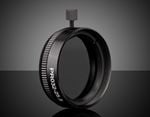

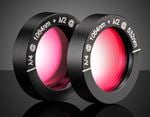


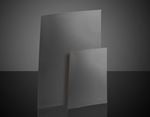

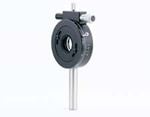
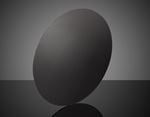
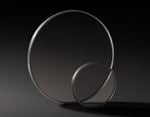
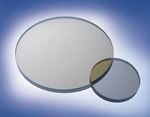
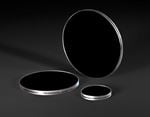
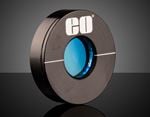
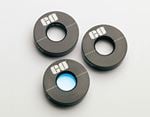
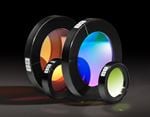
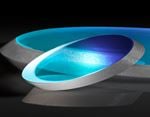
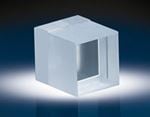
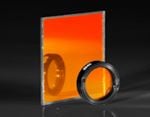
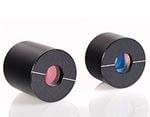
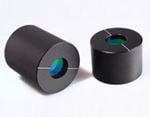
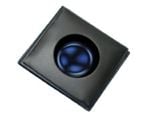
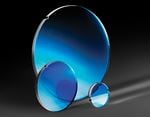

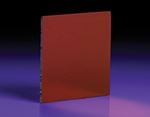
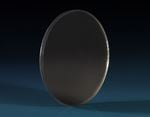
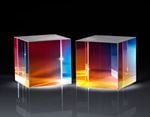

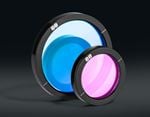
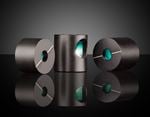

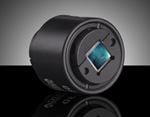


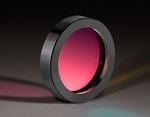
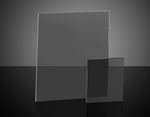
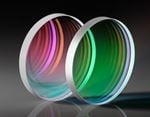

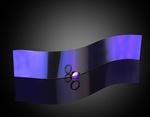
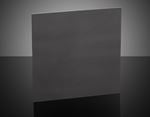
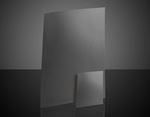
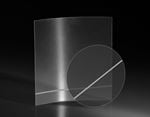
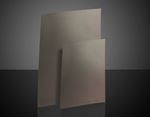
或查看各区域电话
报价工具
只需输入商品编号
Copyright 2023, 爱特蒙特光学(深圳)有限公司。— 广东省深圳市龙华工业东路利金城科技工业园3栋5楼 518109 - 粤ICP备2021068591号